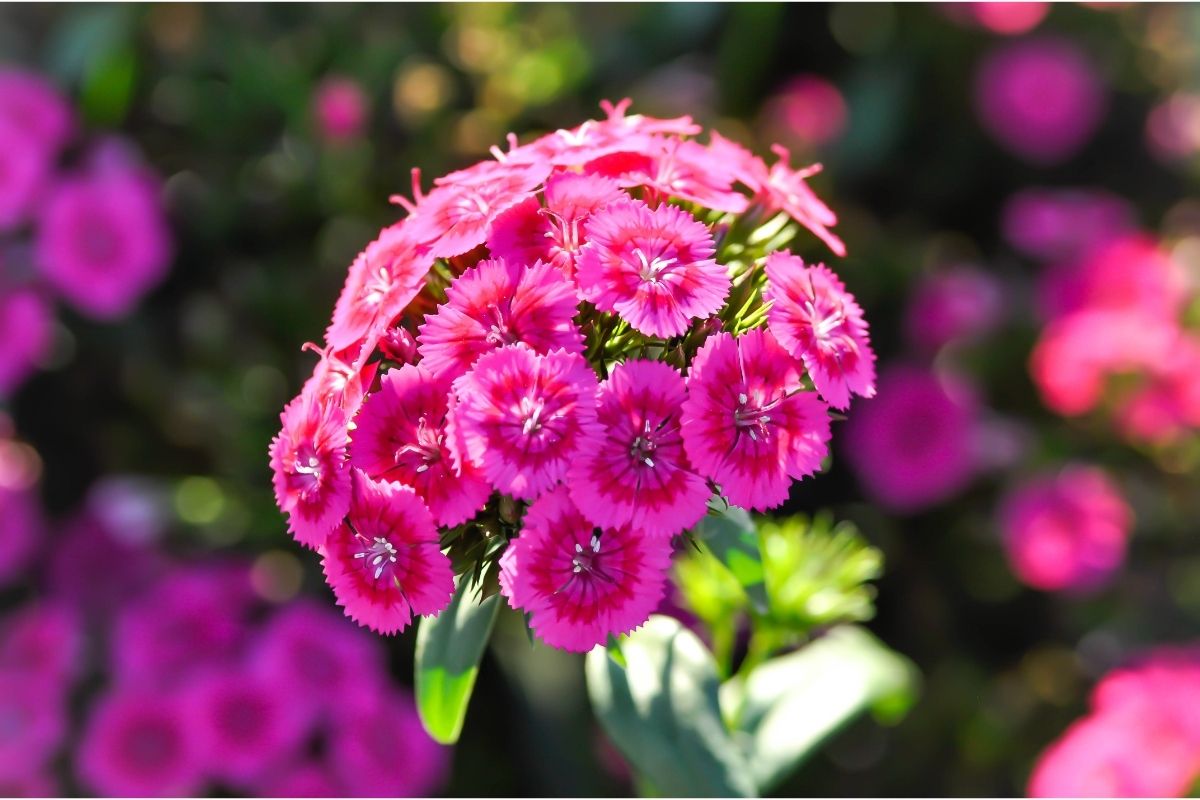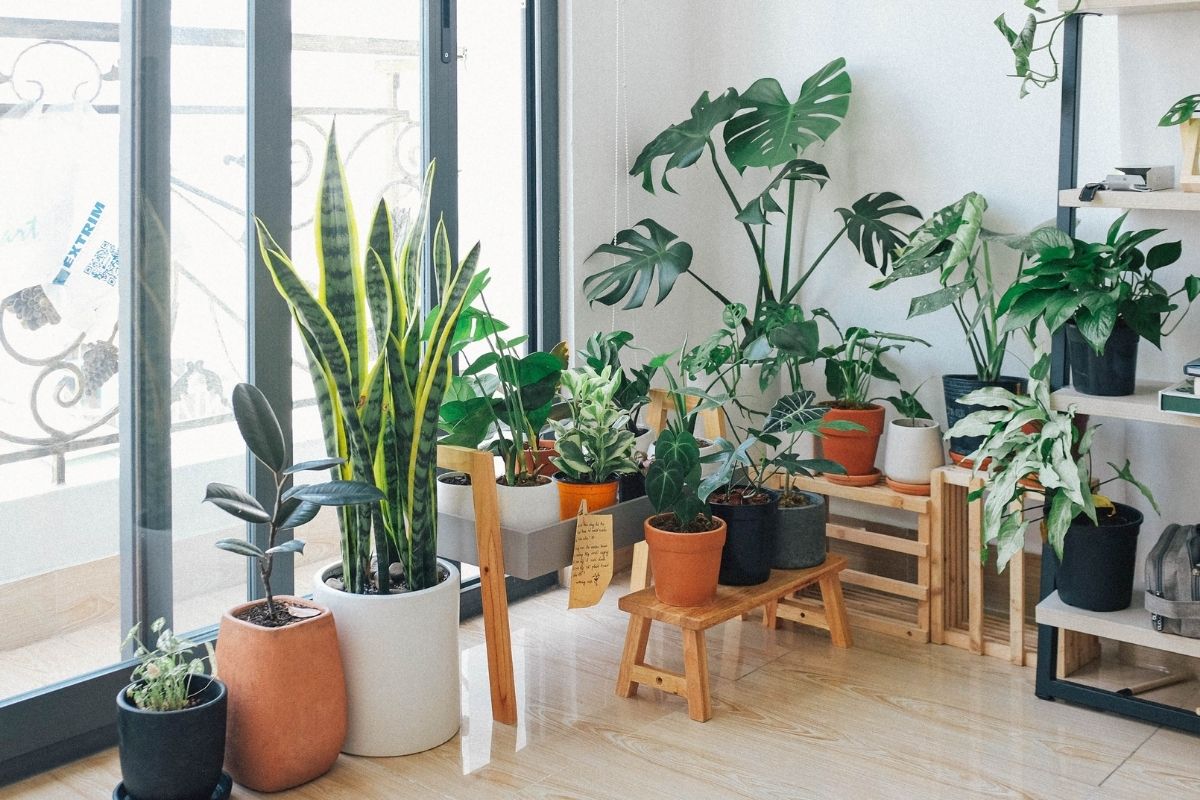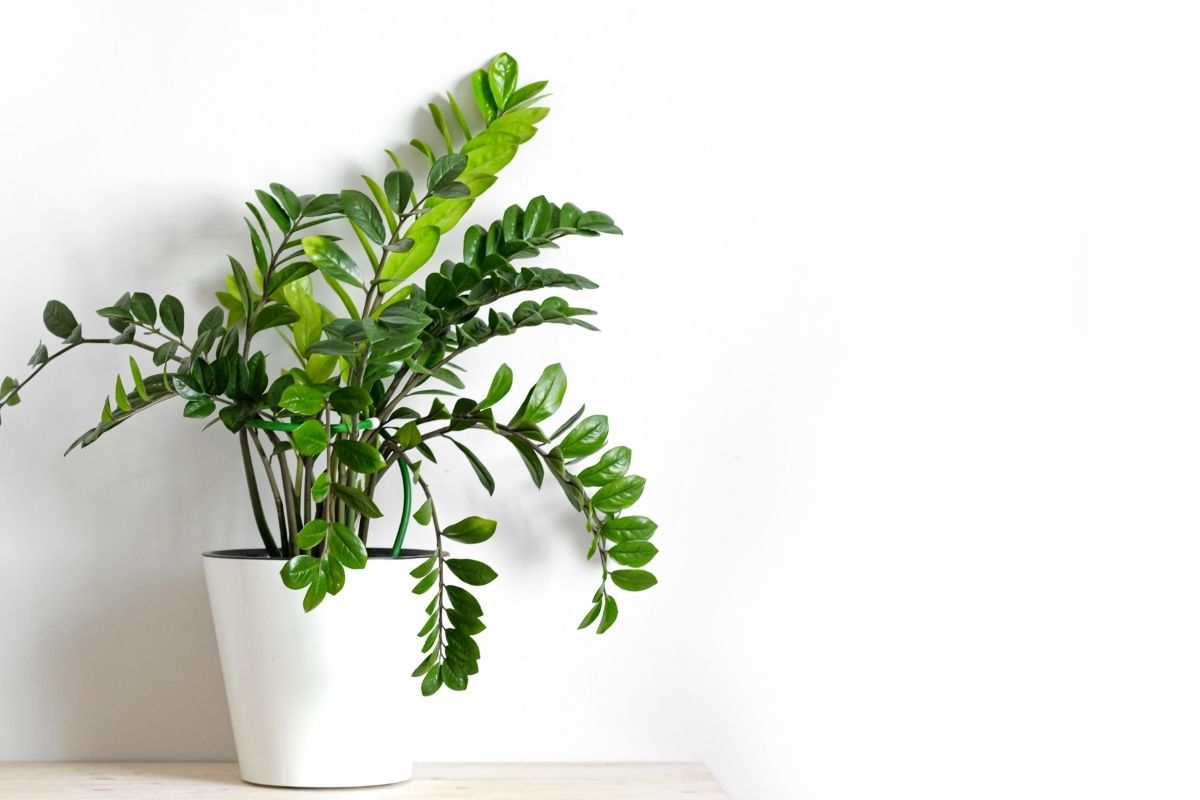How often you should water your petunias depends on the weather conditions in your country. Consistent methods of watering will ensure that your plants remain healthy and have a long-life, ensuring that they bloom abundantly.

Whilst these flowers typically have minimal care requirements, they must be regularly checked in order to assess their needs effectively. Watering petunias effectively at the root can help to ensure that they produce long, grounded and healthy roots.
If you water your petunias too lightly or frequently, you can damage the roots which inhibits their potential to seek nutrients and moisture from the soil. Thus, maintaining a steady watering routine is the best way to ensure that your flowers are thriving.
Petunias grow healthily from seeds that have started their life indoors. However, watering your plants properly is essential in ensuring that they remain at their healthiest and avoid any unnecessary fungal issues.
You should make sure that the pot’s soil remains moist during the germination process. You can do this by covering your pot with a plastic bag in order to retain the necessary moisture required for the seed to sprout.
Once your seed has sprouted, you can remove the bag as the sprouts begin to emerge. Then, water the seedlings whenever the surface of the soil has dried.
Conversely, soil that is overly moistened can cause fungal growth which will attack your seedlings and prevent growth.
Watering Requirements For A Garden Bed
You should plant your petunias in beds that drain well and avoid planting them in any location where water can congregate after a period of rainfall. Petunias will not survive or thrive in soil that is too soggy.
Your newly planted petunias require moisture within the soil to be evenly spread during the first few weeks after they have been planted in order to establish a thriving root system.
Once this system has been established, you can reduce the amount of water that is required and start to water them once every 7-10 days, using approximately 2 inches of water during the process.
This is enough water to ensure that the top 6 inches of soil have been moistened evenly and effectively. You should avoid allowing your soil to become too dry for your flowers to grow healthily.
Watering Requirement For A Container
If you are planting your petunias within a window box or hanging basket, this can cause the soil to dry more readily than if you are planting them within a garden bed due to the limitations of evaporation and poor soil quality.
Petunias that have been planted in a limited container of soil will therefore need to be watered on a daily basis in order to provide the essential moisture that is needed for them to thrive.
If your petunias are planted within a clay pot, they will dry out quicker than those that are planted within a larger container and a garden bed, and thus, you will need to water them more frequently in accordance with their needs.
You should ensure that you are checking the amount of moisture that is contained within the soil on a daily basis using an efficient soil meter.
If the top inch of the soil feels dry, then you should make sure that you are watering your plants evenly in order to spread the necessary moisture throughout the pot as this will also ensure that any excess moisture is able to be drained from the bottom effectively.
Adding Mulch

Mulching your petunias will ensure that they retain the necessary amount of moisture that is required to stimulate a healthy root system and maintain their vitality.
You should use mulch on your petunias irrespective of whether they are being grown in a container or in a garden bed.
Applying 2-3 inches of mulch over a garden bed and 1 inch over a contained will ensure that the soil is immersed with essential nutrients that promote healthy growth. Mulch is also highly useful in preventing the growth of weeds.
Conclusion
To conclude, petunias are incredibly popular houseplants that many people relish in taking care of. If you are just starting to care for these extraordinary plants, then you may be nervous about how to do so effectively.
However, as long as you are watering your plants effectively in accordance with their individual soil requirements, you cannot go wrong.
Measuring the amount of moisture within your soil will help you to ensure that you are not overwatering your plants and are providing them with the right amount of moisture that is required for them to establish healthy root systems and avoid fungal growth.
Soil that is too dry is also highly inhibiting for these plants and so you should strike a delicate balance between moistening the soil and allowing it to dry enough to promote vitality amongst the roots.
Once you have insight and knowledge about how to care for your petunias, you will find it easy to get the watering process right and to nurture them accordingly.
You should notice whether your petunias begin to appear wilted as they can appear wilted even if the soil is wet due to being overwhelmed by moisture.
It is incredibly difficult to save your petunias once they have started to wilt and so having a good grasp of the amount of water that is required to stimulate healthy growth is essential prior to starting the nurturing process.
Whilst most people agree that wilting is indicative of the plant’s death, you will learn and adapt quickly once you have established how much water your plants require for their specific environment.
- Best Hanging Plant For Low Light - September 4, 2023
- Best Indoor Plants Florida - August 28, 2023
- Best Plants For Bathroom Smells - August 21, 2023








